Spin memory - Dynamic solution for accurate reading
 A sensing scheme that responds dynamically to voltage fluctuations could improve accuracy when reading data from spin-based memory storage.
A sensing scheme that responds dynamically to voltage fluctuations could improve accuracy when reading data from spin-based memory storage.
Mar 16th, 2018
Read more
 A sensing scheme that responds dynamically to voltage fluctuations could improve accuracy when reading data from spin-based memory storage.
A sensing scheme that responds dynamically to voltage fluctuations could improve accuracy when reading data from spin-based memory storage.
Mar 16th, 2018
Read more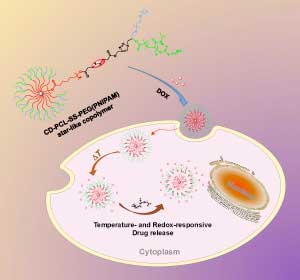 Star-shaped nanoparticles that release their drug payload only after entering cells could improve current treatments.
Star-shaped nanoparticles that release their drug payload only after entering cells could improve current treatments.
Mar 16th, 2018
Read more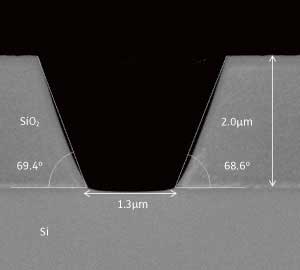 A flexible, low-cost technique could lead to the mass production of microelectromechanical systems for use in a range of applications.
A flexible, low-cost technique could lead to the mass production of microelectromechanical systems for use in a range of applications.
Mar 16th, 2018
Read more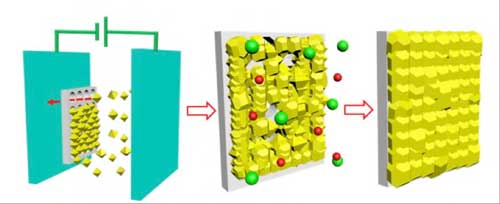 Chemical Engineers have developed a new method for making meta-organic framework membranes that can be used to considerably improve energy-expensive processes such as propylene-propane separation, which accounts for 40% of energy used in the global petrochemical industry.
Chemical Engineers have developed a new method for making meta-organic framework membranes that can be used to considerably improve energy-expensive processes such as propylene-propane separation, which accounts for 40% of energy used in the global petrochemical industry.
Mar 15th, 2018
Read more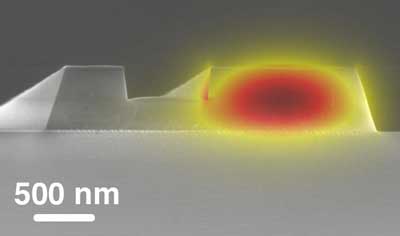 Our health, safety, and well-being depend on how well we know the chemicals that surround us, and the development of new laser sources will now make it possible to identify chemicals with greater sensitivity.
Our health, safety, and well-being depend on how well we know the chemicals that surround us, and the development of new laser sources will now make it possible to identify chemicals with greater sensitivity.
Mar 15th, 2018
Read more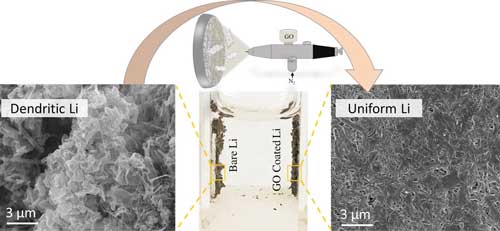 Researchers have developed a form of a graphene-oxide coated 'nanosheet' that, when placed in between the two electrodes of a lithium-metal battery, prevents uneven plating of lithium and allows the battery to safely function for hundreds of charge/discharge cycles.
Researchers have developed a form of a graphene-oxide coated 'nanosheet' that, when placed in between the two electrodes of a lithium-metal battery, prevents uneven plating of lithium and allows the battery to safely function for hundreds of charge/discharge cycles.
Mar 15th, 2018
Read more New research makes a significant step toward a new kind of electrical device, which would use the natural properties of materials like bismuth ferrite, along with a different type of current, to send electricity quickly through smaller, denser circuits.
New research makes a significant step toward a new kind of electrical device, which would use the natural properties of materials like bismuth ferrite, along with a different type of current, to send electricity quickly through smaller, denser circuits.
Mar 15th, 2018
Read more Recent work provides a new approach to imaging thin films on the atomic scale. It is made possible using an algorithm for image recovery that splices together a sequence of frames in time.
Recent work provides a new approach to imaging thin films on the atomic scale. It is made possible using an algorithm for image recovery that splices together a sequence of frames in time.
Mar 15th, 2018
Read more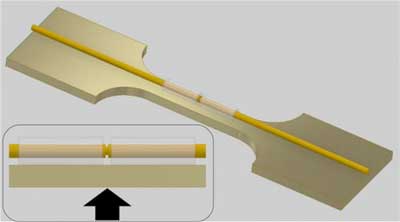 Scientists developed a stable mechanical design to measure electrical current across a single molecule that assembles on a noble metal at room temperature.
Scientists developed a stable mechanical design to measure electrical current across a single molecule that assembles on a noble metal at room temperature.
Mar 15th, 2018
Read more New formula works as well as commercial permanent dyes without chemically altering hairs.
New formula works as well as commercial permanent dyes without chemically altering hairs.
Mar 15th, 2018
Read more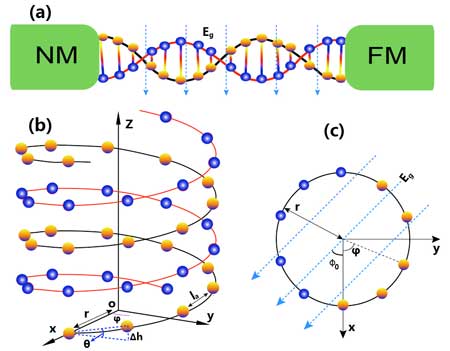 Researchers for the first time explore fundamental aspects of unidirectional spin transport along a double-stranded DNA molecule driven by a temperature gradient.
Researchers for the first time explore fundamental aspects of unidirectional spin transport along a double-stranded DNA molecule driven by a temperature gradient.
Mar 15th, 2018
Read more Researchers have found a new way of applying a structured coating for liquid repellency. By using liquid flame spray, the method is extremely fast. Not only water but also oil drops do not adhere to these surfaces but remain spherical and bounce or roll off easily.
Researchers have found a new way of applying a structured coating for liquid repellency. By using liquid flame spray, the method is extremely fast. Not only water but also oil drops do not adhere to these surfaces but remain spherical and bounce or roll off easily.
Mar 15th, 2018
Read more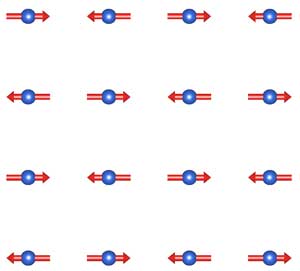 This achievement is an important step towards building so-called topological quantum computers.
This achievement is an important step towards building so-called topological quantum computers.
Mar 15th, 2018
Read more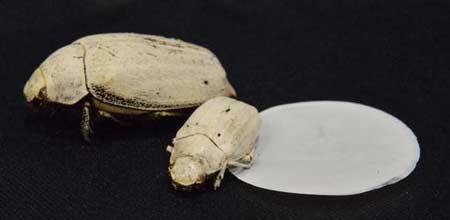 Researchers have developed a super-thin, non-toxic, lightweight, edible ultra-white coating that could be used to make brighter paints and coatings, for use in the cosmetic, food or pharmaceutical industries.
Researchers have developed a super-thin, non-toxic, lightweight, edible ultra-white coating that could be used to make brighter paints and coatings, for use in the cosmetic, food or pharmaceutical industries.
Mar 15th, 2018
Read more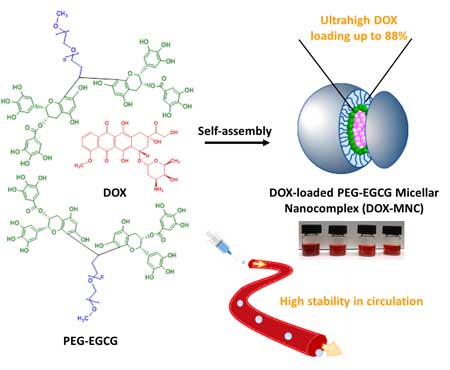 Scientists have reported superior results using new green tea-based nanocarriers to kill liver cancer cells, compared to existing drug delivery systems.
Scientists have reported superior results using new green tea-based nanocarriers to kill liver cancer cells, compared to existing drug delivery systems.
Mar 15th, 2018
Read more In a new study, chemists have explored protactinium's multiple resemblances to more completely understand the relationship between the transition metals and the complex chemistry of the early actinide elements.
In a new study, chemists have explored protactinium's multiple resemblances to more completely understand the relationship between the transition metals and the complex chemistry of the early actinide elements.
Mar 14th, 2018
Read more